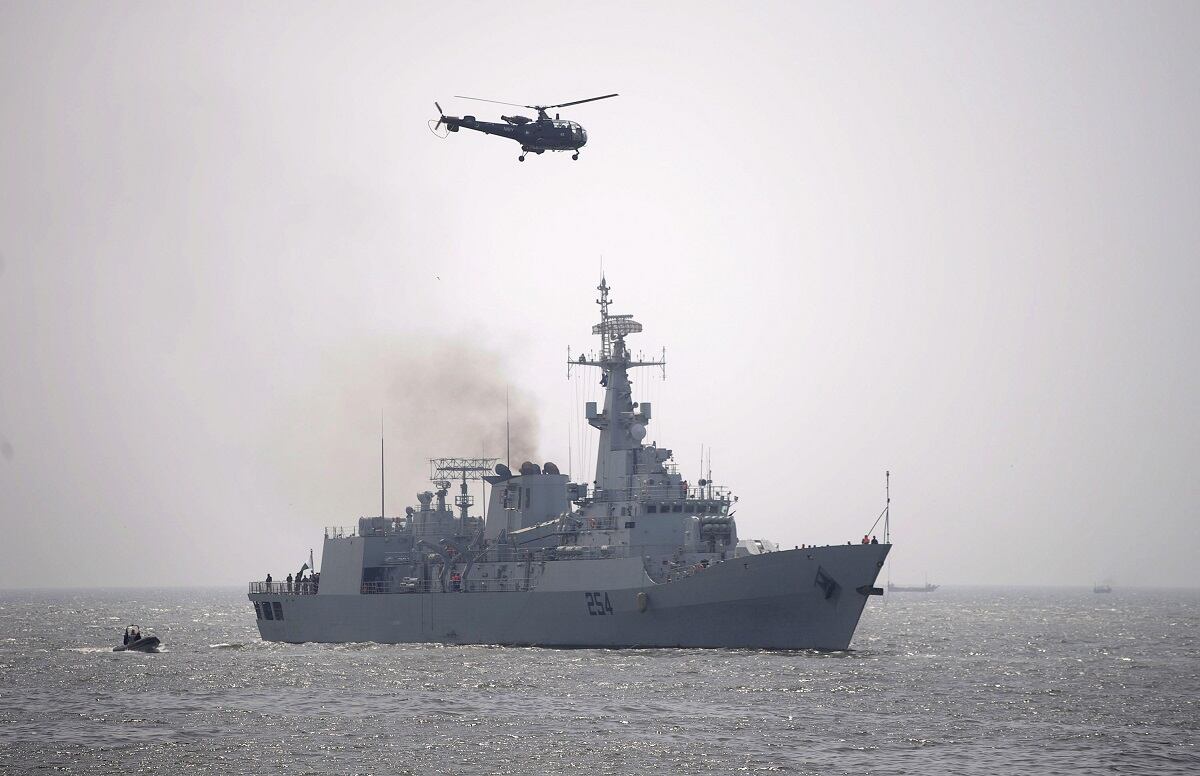WASHINGTON ― India tested its nuclear-capable Agni-5 intercontinental ballistic missile June 3, bringing the weapon one step closer to its induction into the Indian Army’s Strategic Forces Command, according to a senior scientist close to the project.
The surface-to-surface ICBM, with a range between 5,000 and 8,000 kilometers, was fired from a mobile launcher at 9:45 a.m. local time from the Integrated Test Range on Abdul Kalam Island, located in the northwestern Bay of Bengal off the coast of the eastern Indian state of Odisha.
According to the scientist, the missile’s sixth flight test since 2012 “was a text-book precision launch. Every single objective was met.”
The Indian Ministry of Defence said that “all the radars, electro-optical tracking stations and telemetry stations tracked the vehicle all through the course of the trajectory.”
RELATED

The Agni-5 is rumored to carry a multiple independently targetable re-entry vehicle, or MIRV, payload capable of carrying multiple nuclear warheads in one re-entry vehicle.
India is thought to be pursuing MIRV technology to match advances being made by Pakistan to ensure it has a survivable second-strike capability that can overcome Pakistani ballistic missile defense systems. It is unknown if the Agni-5’s purported MIRV technology was deployed during this test.
MIRV missiles are considered by some to be destabilizing because they incentivize a nuclear first strike, which is one reason why the United States and Russia attempted to ban MIRVs in the abandoned START II Treaty.
RELATED

Although a key tenet of Indian nuclear doctrine is a no-first-use policy ― the promise not to use nuclear weapons in a conflict unless attacked by an adversary using nuclear weapons ― the integration of MIRV missiles and changes in Pakistani nuclear posture is signaling a possible change in India’s outlook.
In January 2017, Pakistan tested a possibly MIRV missile, the Ababeel, to the concern of nuclear analysts.
“It is hard to deny that India and Pakistan are in a full-blown arms race,” Vipin Narang, an associate professor of political science at MIT and a member of MIT’s Security Studies Program, said following the test.
India’s ongoing efforts to obtain the Russian-made S-400 ballistic missile defense system is also contributing to increasing uncertainty in the region.
But India’s latest test also had another audience in mind. Given the Agni-V’s longer range, it has likely been designed to provide a nuclear deterrent against China.
The missile will need to complete two more test firings before being declared operational by India’s Strategic Forces Command.
Daniel Cebul is an editorial fellow and general assignments writer for Defense News, C4ISRNET, Fifth Domain and Federal Times.








